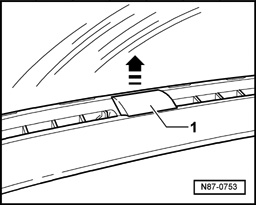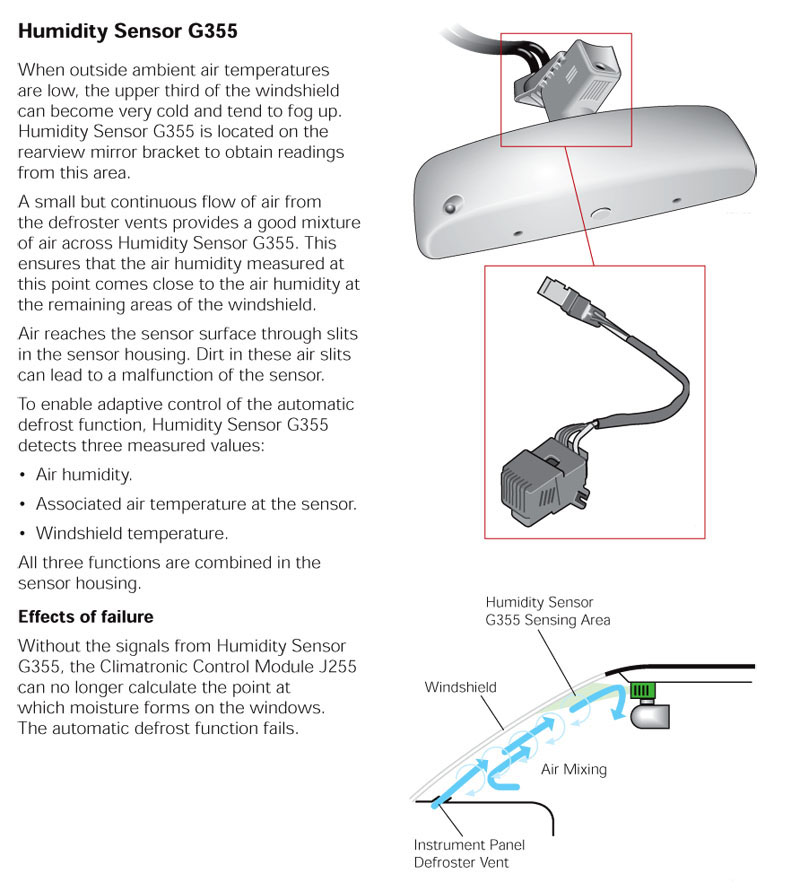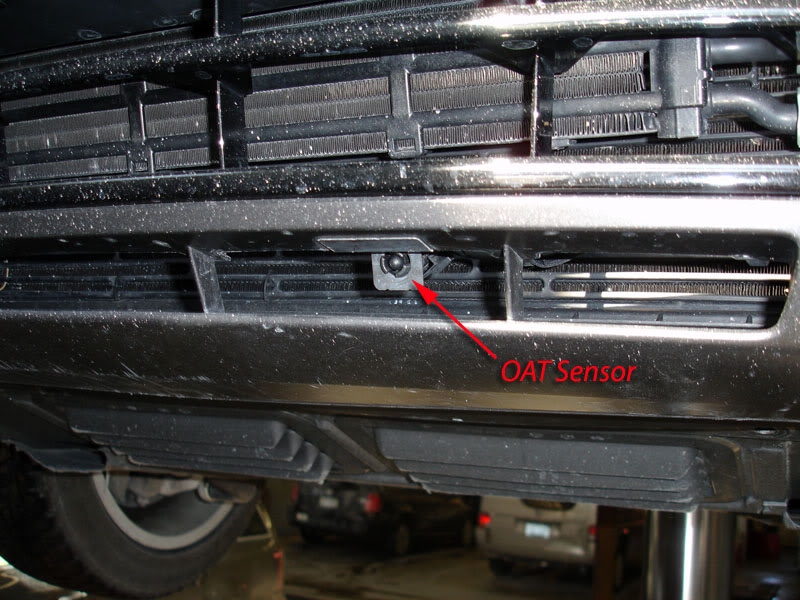You must be logged in to rate content!
13 minute read
How to get rid of the seat belt warning message and chime
Compliments of PanEuropean @ http://forums.vwvortex.com
10-23-2004
North American automobiles (all brands) are equipped with a seat belt reminder system. This can take various forms - the least intrusive is a system that annunciates only if the car begins to move without the appropriate seat belts fastened, the most annoying is a system that annunciates as soon as you have started the car, before you even begin to put the belt on. I always wear seat belts - I guess it is a hangover from my occupational background as an aircraft pilot - and the warning message and chime annoys me, especially if I am sitting in a parking lot with the engine running, and the chime keeps going off every few minutes. So, I decided that today was the day to get rid of the seat belt warning.
All current production cars - whether they are Lupos or Phaetons - have an amazing number of programming options available. It is very easy to change the programming, the main difficulty is finding out exactly what data value to tweak to accomplish what you want to.
As Phaeton owners, we have several sources we can go to to learn more about configuration and coding. One is the Touareg forum, because the Phaeton and Touareg have a great deal in common so far as systems and programming go. Another is a public domain source such as http://www.openOBD.org (OBD meaning 'On Board Diagnostics', and 'open' referring to the idea of free access in the public domain). Finally, we can purchase some of the information directly from VW in the form of service documentation (Bentley manuals or CD's), although VW does try to minimize the amount of disclosure of programming options in these documents.
Once we have the required information, we can either re-program the car ourself, using a laptop computer (Windows platform) running VAG-COM software (see http://www.ross-tech.com, or we can take the car to our dealer and ask them to do the reprogramming for us, using VW programming tools such as a VAG 5051 or 5052 programmer.
Some dealers are very co-operative about doing this - usually making coding changes free of charge if the request is made at the same time scheduled service is due (heck, they have to hook up the 5051 or 5052 to pull out diagnostic troubleshooting codes anyway, and it only takes an extra 15 seconds to make a software coding change). Other dealers are very reluctant to change anything from 'factory default' settings - either because of fear of litigation, or perhaps because they have had difficulty making programming changes in the past, and don't want to go down that path again.
Anyway - enough of the background information, here is how to get rid of the seat belt warnings:
Within 'Group 17', which is the programming applicable to the 'Dash Panel Insert' ('kombiinstrument' in German, or 'thing with the speedometer, tachometer, and all the warning lights' in plain English), there are three possible warnings that can be enabled or disabled. They are:
- warning of brake pad wear, to the extent that the brakes require servicing,
- warning of seat belts not fastened, and
- warning of low windshield washer fluid.
You can 'pick and choose' which functions you want to enable, or you can enable them all, or disable them all. The default setting for a North American car is 'all enabled'.
Function 07 within Group 17 is the function for changing the coding of the applicable device. There are other functions, such as retrieving fault codes, making adaptations, erasing fault records, and so forth, but we don't need to discuss those here.
If you go to Group 17, and select Function 07 (coding), you then need to enter a 5 digit value. The 5 digits have different functions. The first two digits are the numbers affecting the warnings mentioned above. The third digit indicates the region of the world the car will be used in. The fourth digit indicates whether the vehicle has a flexible service interval or not, and the fifth digit affects speedometer function (not calibration, but function).
The 'default' setting for my (Canadian) Phaeton within group 17, function 07 was 07321. (In practice, the left-most digit is ignored if it is a zero, the number would appear on the programmer as 7321). The 7 indicates that all three warning actions are active, the 3 indicates that the car is operated in Canada (where we use the metric system for measurement), 2 indicates that service is performed on a fixed interval of time and/or distance (not thermal cycles, time, and distance as in Europe), and the last digit, 1, indicates standard speedometer coding.
How do we figure out what to change the 07 to, if we want to get rid of the seat belt warning but keep the brake wear and washer fluid warning? It's actually quite easy, and anyone with any kind of software background will recognize the methodology right away. It's plain old binary. Each possible warning is assigned a number, as follows:
00 - no warnings of any kind
01 - brake wear warning
02 - seat belt warning active
04 - windshield washer warning active.
To determine which two digits to put in the correct place of the coding group, you simply add up the numbers that represent the functions you want. By default, VW had all three functions enabled, so 01 + 02 + 04 = 07, which, as explained above, was the first two digits of the coding group when the car left Dresden. I didn't want the seat belt warning, so the mathematics for my preferences was different: 01 + 04 = 05.
So, I just replaced the complete string 07321 with 05321, and stored the value. The result - no more seat belt warnings, ever.
PanEuropean
RMG:
As I discover the information to answer your questions, I'll post the answers in new threads with item specific titles. This will facilitate searching in the future, and also make it easier to compile a FAQ, again, sometime in the future.
There are codes for opening and closing all windows / sunroof with the remote, but these have not been publicly disclosed.
In the meantime, don't tape up the light sensor, it will screw up a multitude of other functions, including heating - air conditioning effectiveness and recovery time, dimming mirrors, auto headlights in tunnels, etc.
PanEuropean
I'm still working on that one. There is very little information available right now about coding options on this car. FWIW, my W12 does not have any ambient footwell lighting when the doors are closed - the footwell lights work exactly the same as the footwell lights in my Golf did - on and off with the door opening and closing.
PanEuropean
10-24-2004
The HVAC system (Climatronic) on all VW products uses a sunlight sensor to determine the heat gain in the cabin that comes from solar heating, and to adjust the recovery of the cooling / heating system accordingly.
The auto-dimming mirrors on the Phaeton only function at night, the car determines if it is night or not by evaluating the signal from the same sunlight sensor.
The auto headlights on function also uses information from this same sensor.
PanEuropean
10-25-2004
RMG:
I don't know enough about the details of the car to be able to answer your question with certainty. I have only had possession of my Phaeton for one week now. I strongly suspect that there is only one sunlight sensor. I had a quick look at the Air Conditioning section of the Phaeton service CD, this is what it shows for sensors:
Sunlight Sensor
It kind of looks like this might be at the front center of the dashboard, in the same location as it is found in Golfs and Passats.

Humidity Sensor
The service manual text states that this is attached to the interior rear view mirror housing.

OAT (Outside Air Temperature) Sensor
This is mounted up front, same as on Golfs and Passats.

11-14-2004
Yes, the dealer can do it very easily. If you ask them to do this task when the car is in for regularly scheduled service, and they already have the diagnostic scan tool connected to the car, it's a 10 second job and they probably won't charge you anything.
If you take the car in for the sole purpose of having this done, it takes about half an hour to hook up the scan tool, poll the car, make the change, do the function tests, etc.
Just print out this thread and give it to your dealer. At the same time, you might want to review the topics Turn off the "Key in Ignition" warning chime and Define preferences for door locking and unlocking behavior. You might as well get the car set up the way you like it. Each of these tasks are quite simple for the technician to do. Again, just print the threads out and take them into the dealership with you. Not only will this provide all the information about what you want done, it might help attract some Phaeton technicians to our forum - which is a demographic we don't have right now, and one that would be really valuable to us as owners.
Michael
10-29-2005
Recent changes in American federal legislation have made it illegal for dealerships to turn off the seat belt warning chime - or, for that matter, to disable or work around any other warning, component, or function that is required by American law to be embodied into a motor vehicle that is sold in the United States.
Out of fairness (and sympathy) to the service departments who have to do business in compliance with this law, I am bringing it to your attention, so that none of our forum members become upset when a VW dealer states that it is illegal for them to turn off these chimes and buzzers. If they tell you that, they are telling you the truth, plain and simple. I have posted below a copy of a letter that VW has sent to the dealers, advising them of this recent change in the law. If you want to read the actual legislation, you can click on this link: Title 49, United States Code Chapter 301 Motor Vehicle Safety, Sub-chapter II, Section 30122.
I do not know whether individual American citizens (the owners or lessors of the cars) are allowed to turn buzzers and warnings on their cars off. As most of you know, I am not an American and do not live in America, as a result, I have very little knowledge about American laws.
Michael
Letter from VW to the Dealerships
Jim:
The wording about the 'exception' in Section 30122 of the legislation is a bit confusing. The way I interpreted it (take this with a large grain of salt) is that technicians are permitted to disable the interlocks between seat belts and engine start circuits that prevented the engine from being started unless the seat belt was fastened, but are they are not permitted to disable the chime that operates for 8 seconds after the ignition has been turned on. The seat belt - starter interlocks were installed in cars built in the early 1970s. Since about the mid 1970s, all cars have been built with only a chime, no interlock of any kind.
David:
The point is, none of these chimes and buzzers are the result of decisions made by VW, they are all there because of United States federal government legislation. This is why I posted the memo (above) and the reference to Title 49 - it ain't VW's doing, these standards are written in Washington and the automakers have no choice in the matter.
If you think you are frustrated, how do you think a Phaeton owner who lives in Canada (where we don't have many of these rules) feels? My car is fully compliant with all the US regulations, because automakers tend to treat Canada and the US as one market, making exceptions only when Canadian requirements conflict with US ones (e.g. metric speedometers).
Michael
8-16-2009
Hello Libor:
The procedure for turning off the seat belt warning chime is "substantially the same" for all VW products. The warning chime is a North American requirement only.
You can purchase a 'generic' interface cable, or even build your own interface cable, provided that you have an older (pre-1999, I think) VW product and you are willing to use the 4.09 version of VCDS (the new name for VAG-COM). If you have a VW product made since 1999, or if you want to use a current version of VCDS that has all the software features in it, then you need to purchase the interface cable from Ross-Tech. The 'key' to the software (in other words, the license) is contained in the cable.
There is an explanation of how all this works at the Ross-Tech website. There is also a VCDS (VAG-COM) forum here on Vortex where you can go to ask specific questions about this software.
Michael
8-17-2009
Hi Libor:
I'm only familiar with the Ross-Tech software.
OBD II is an industry standard, and there are all sorts of hardware and software tools available to read information from the OBD II interfaces in vehicles.
Some solutions will only read information (fault codes, MVBs), other solutions will allow you to modify coding, still other solutions are platform-specific (such as Ross-Tech's VCDS application) and have extensive guidance built into them to assist in interpretation of information and coding and adaptation of the vehicle.
Speaking only for myself - as a person who owns two VW products and expects that my next car will also be a VW - the Ross-Tech VCDS, fully licensed, is the best solution. However, if you have a Palm handheld, another vendor (Versatile Automotive Diagnostics) offers a product for Volkswagens that uses the Palm - see this link.
You mentioned that you have an OBD II interface - does the company that produced that piece of hardware make software to go along with it? I think you might want to investigate that first. However, if you bought that tool to work with a 1996 Audi, it might not be a suitable tool to use with a much later model year VW.
Again, this whole question really should be discussed in the VAG-COM forum. What I have written here is pretty much everything I know about generic OBD systems - there's not much more information I can give you.
Michael